Traditional Recipes & Techniques
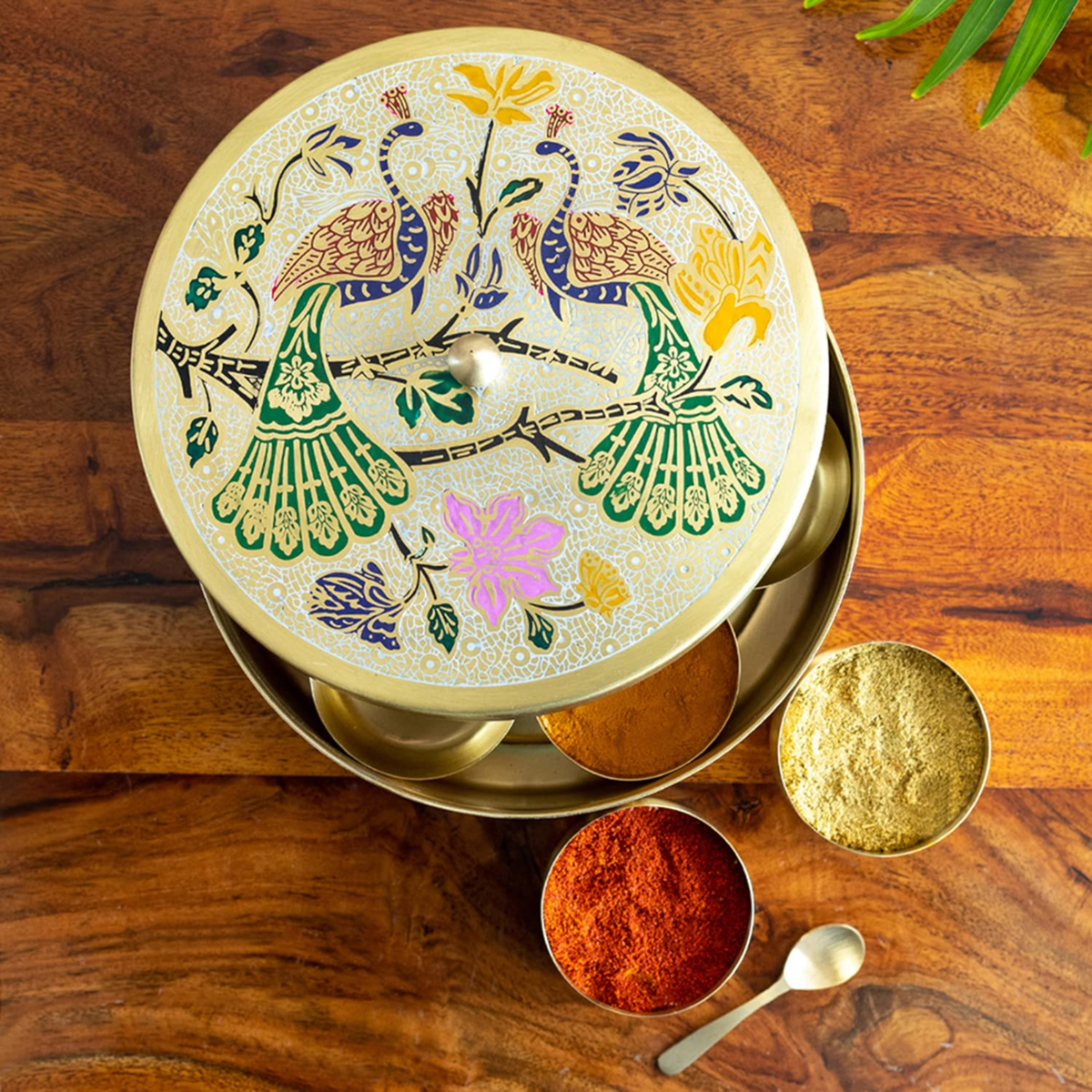
Perfect Garam Masala
Basic TechniqueLearn to create authentic garam masala by dry-roasting whole spices individually for optimal flavor development. Toast cumin, coriander, and black peppercorns separately until fragrant, then combine with cardamom, cinnamon, and cloves. The key lies in roasting each spice to its ideal point where oils activate without burning. Cool completely before grinding to powder for maximum aroma. This fundamental technique elevates everyday cooking by providing fresh, aromatic masala that commercial blends cannot match.

Mastering Tadka
Essential SkillThe art of tempering transforms whole spices through careful heat control and precise timing. Heat oil or ghee until shimmering, add mustard seeds and listen for the pop, then quickly follow with cumin, curry leaves, and dried chilies. Each spice needs specific heat and timing to release oils without burning. Pour the sizzling tadka over dal or curry just before serving to preserve volatile aromatics. This technique, passed through generations, creates the signature aroma of authentic Indian home cooking.
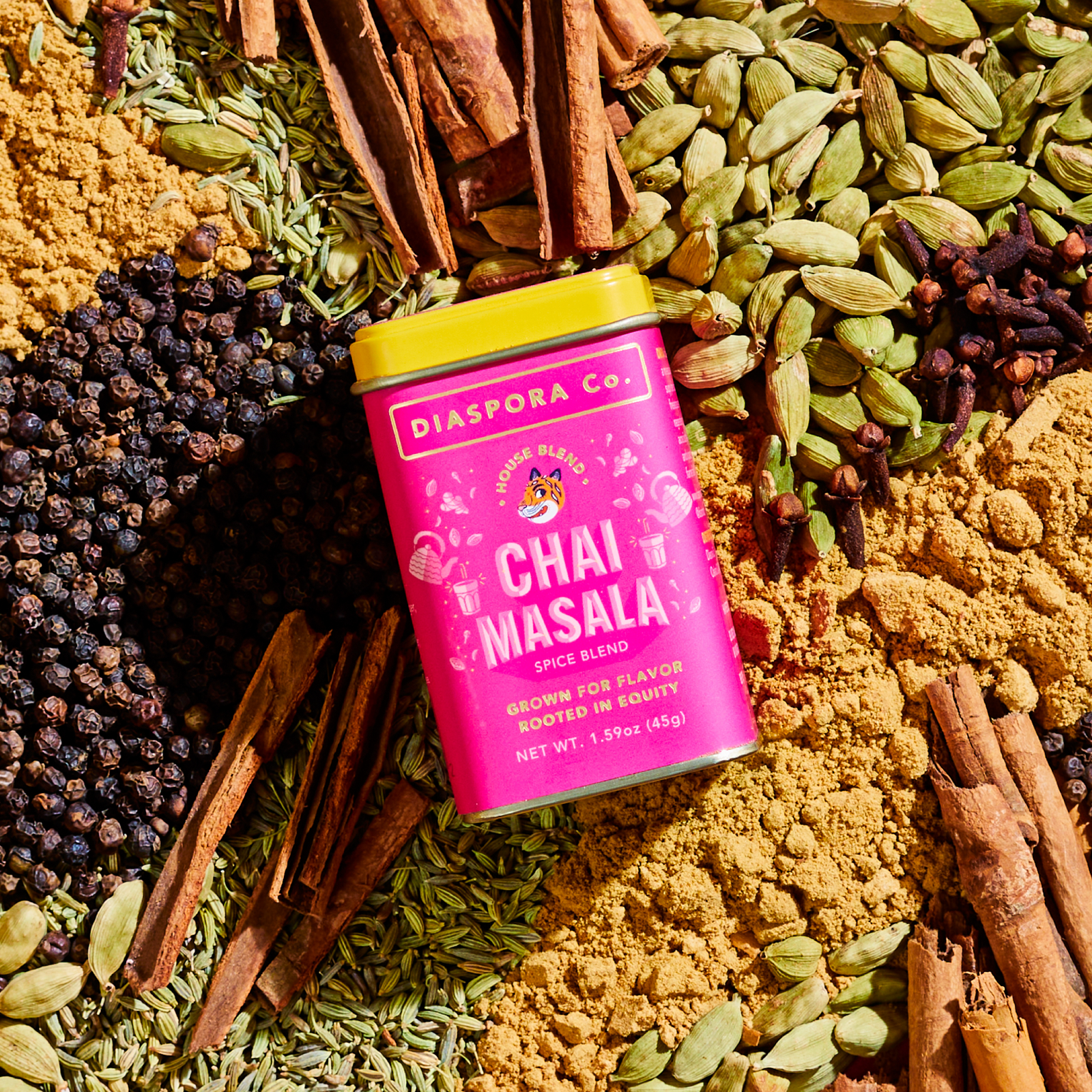
Mumbai Cutting Chai
Street RecipeAuthentic Mumbai cutting chai requires crushing fresh ginger and whole spices before brewing for intense flavor. Simmer water with crushed ginger, cardamom pods, and a cinnamon stick until fragrant. Add strong black tea leaves and boil vigorously, then pour in milk and sugar. The secret lies in bringing the chai to multiple boils, creating froth and developing deep color. Strain into small glasses and serve piping hot for the authentic tapri experience that defines Mumbai's tea culture.
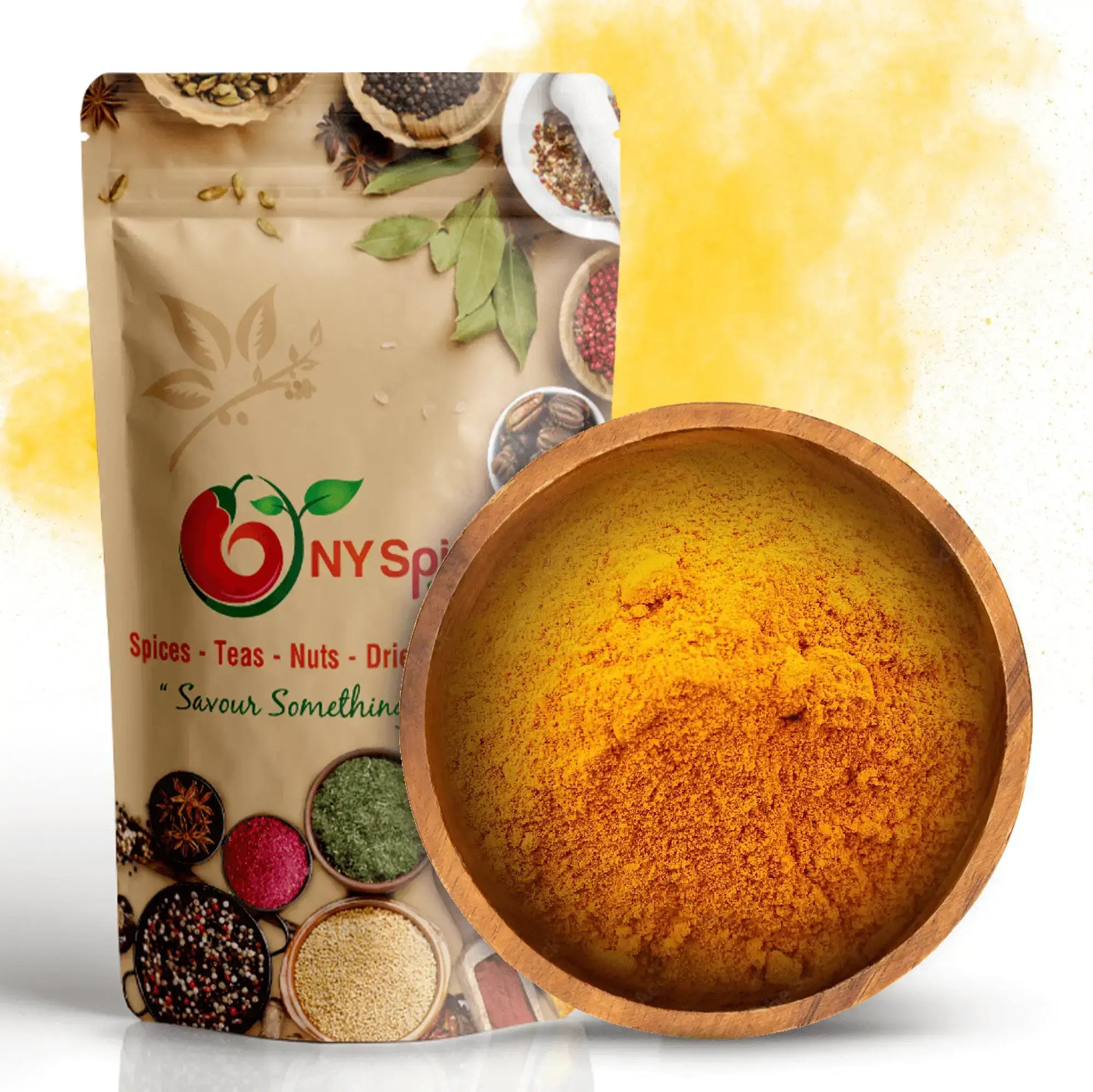
Building Curry Bases
Foundation RecipeThe foundation of perfect curry starts with properly cooking the onion-spice base until oil separates and spices lose raw aroma. Saute onions until golden, add ginger-garlic paste, then ground spices with splashes of water to prevent burning. Cook this masala base on medium-low heat, stirring constantly until the raw smell disappears and oil pools around the edges. This patient process develops deep flavors and creates the rich, complex base that distinguishes restaurant-quality curries from rushed home versions.
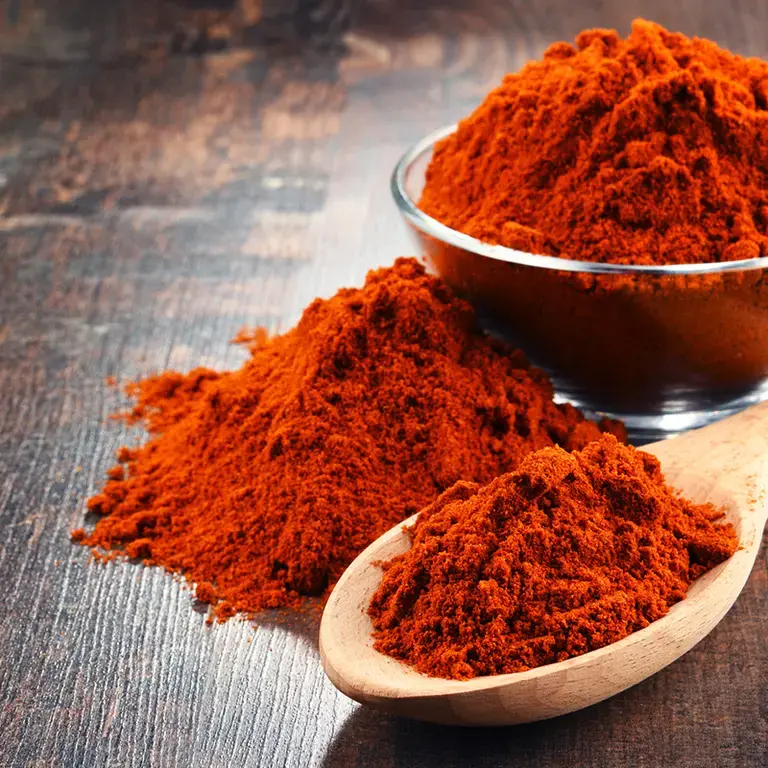
Balancing Heat Levels
Expert TechniqueUnderstanding how different chilies contribute varying heat and flavor helps create balanced, layered spice levels. Kashmiri chili provides color with minimal heat, while Guntur chilies deliver intense spiciness. Combining varieties creates depth where heat builds gradually rather than attacking immediately. Add black pepper for sharp, upfront heat that fades quickly, or dried red chilies for sustained warmth. Yogurt, cream, and coconut milk tame excessive heat while maintaining complex flavors in dishes that went too spicy.
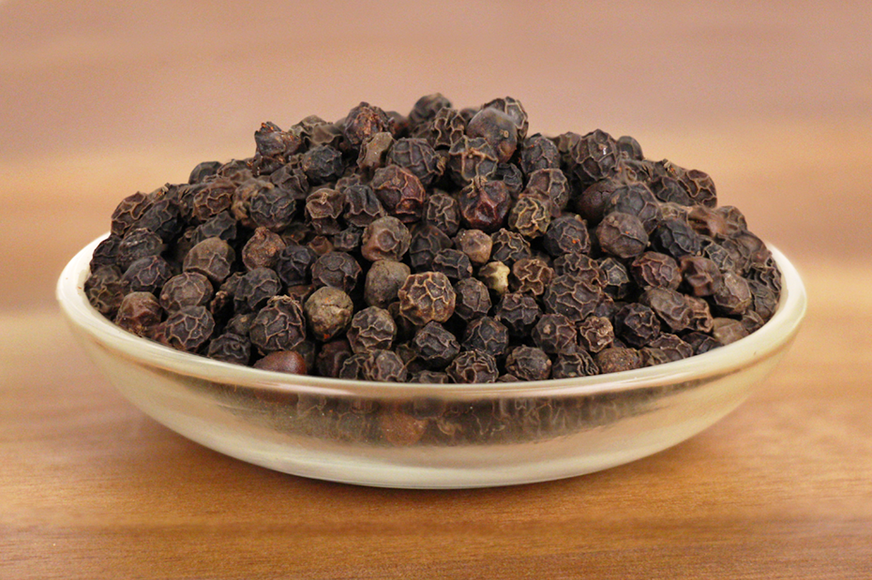
Whole vs Ground Spices
Timing GuideKnowing when to use whole versus ground spices dramatically impacts final dish flavor and aroma. Add whole spices like bay leaves, cinnamon sticks, and cardamom pods at the beginning for gradual infusion during cooking. Reserve ground spices for midway addition when liquids are present to prevent burning and distribute evenly. Finish with fresh garam masala in the last few minutes to preserve volatile oils. This layered approach creates complex flavor profiles where each spice contributes at its optimal stage.

Authentic Sambar
South IndianTraditional sambar balances tangy tamarind with aromatic spices and vegetables through careful layering of flavors. Cook toor dal until creamy, then add vegetables suited to sambar like drumsticks, carrots, and brinjal. Prepare fresh sambar powder by roasting lentils, dried chilies, and spices until deeply fragrant. The tamarind extract added at the end provides tartness without bitterness. Finish with curry leaf tadka crackling in hot oil, creating the complex, comforting bowl that defines South Indian daily meals.
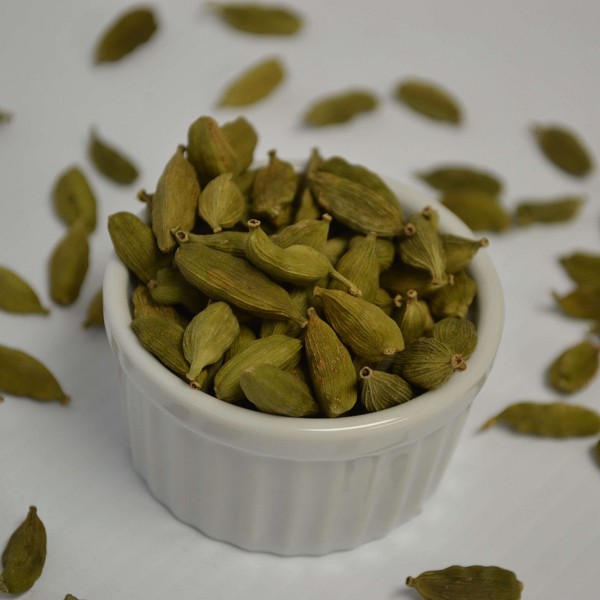
Dum Biryani Technique
AdvancedMaster the art of dum cooking where sealed pot traps steam, creating perfectly layered, aromatic biryani. Marinate meat in yogurt and spices, cook halfway, then layer with partially cooked basmati rice infused with saffron milk. Place whole spices between layers and seal the pot with wheat dough to trap all moisture and aroma. Cook on low heat where bottom browns slightly while steam finishes the top. This slow, gentle cooking melds flavors while keeping rice grains separate and meat tender.
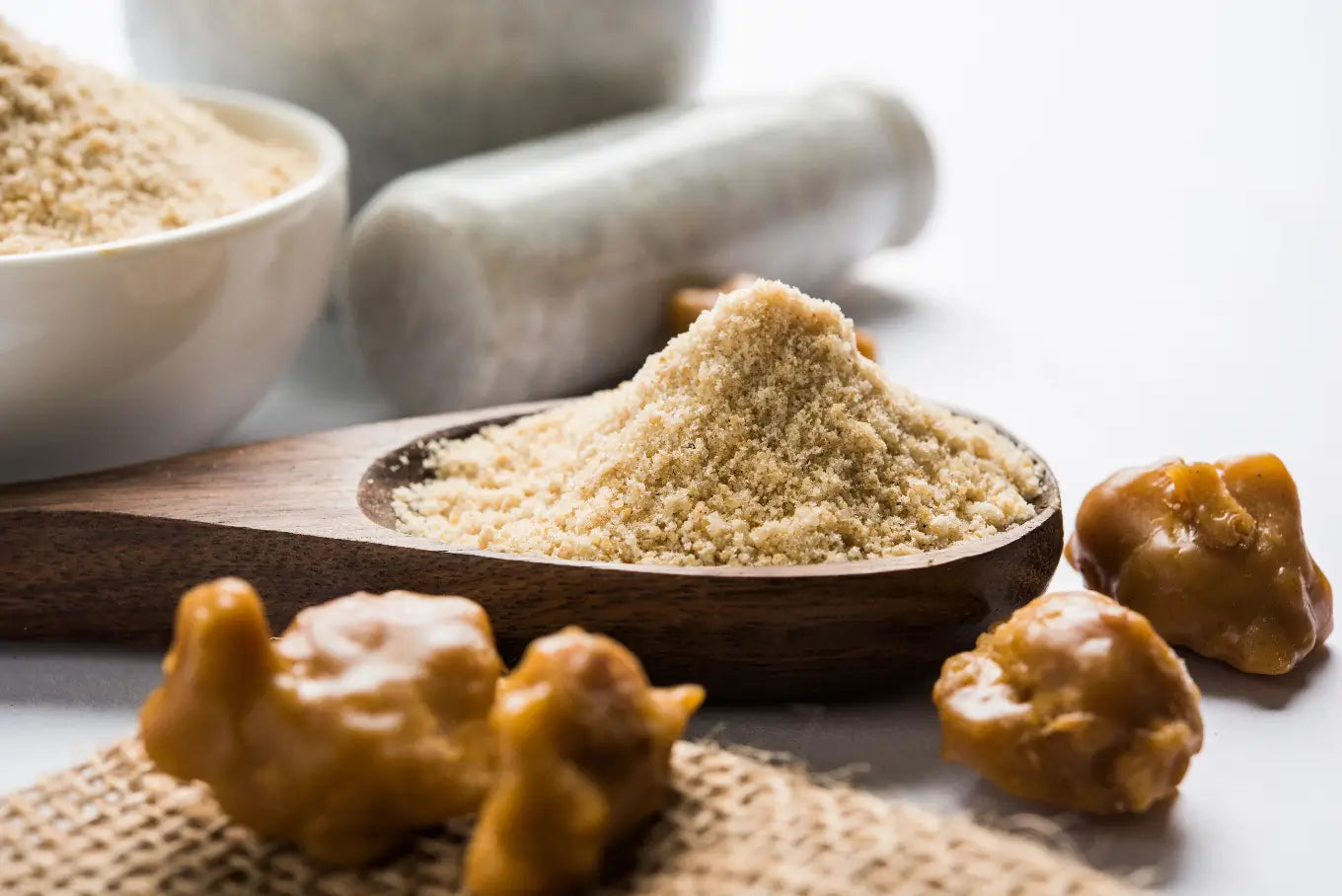
Traditional Pickles
PreservationCreating long-lasting, flavorful pickles requires understanding the preservation properties of salt, oil, and specific spices. Toast whole spices like fenugreek, mustard, and fennel until aromatic, then cool and grind coarsely. Mix with vegetables or raw mango pieces, adding plenty of salt and red chili powder. The oil creates an airtight seal preventing spoilage while spices contribute flavor and natural preservation. Sun the pickle jars daily for a week, allowing natural fermentation to develop complex tangy notes that define authentic Indian achaar.